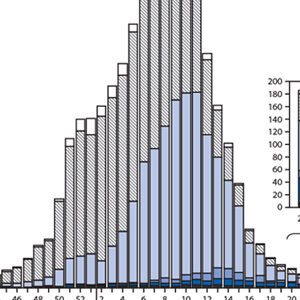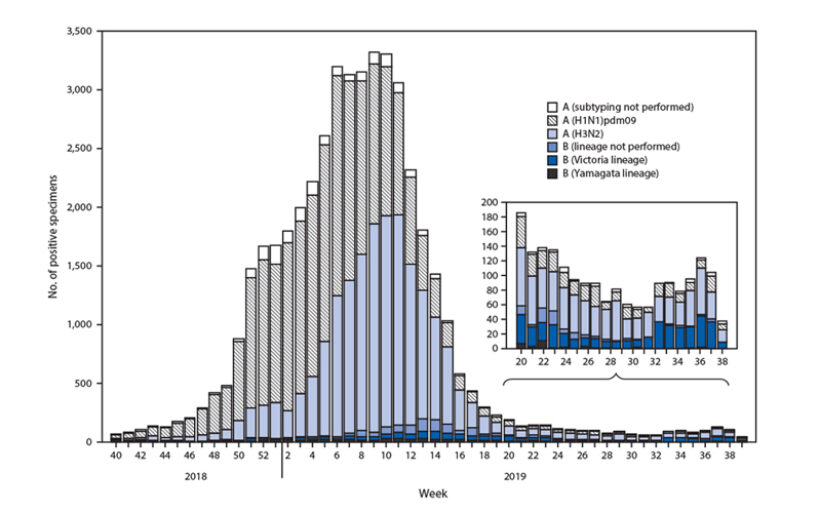
Influenza: What to Expect When You Don’t Quite Know What You’re Expecting
By Anna Halloran, Epidemiologist, Spokane Regional Health District
Influenza activity in Washington is currently low, but SRHD staff are busy preparing for the 2019-20 season. It’s no secret the Southern Hemisphere just experienced a particularly bad influenza season, but what does that mean for us?
Unfortunately, it’s too early to tell. Sometimes Australia’s experience is predictive for what may occur in the United States and sometimes it’s not. For example, in 2017, Australia’s influenza season was the worst seen in at least 20 years. The 2017-18 season then followed in the United States, which was one of the worst in recent memory with an estimated 79,000 deaths.
This year in Australia, the influenza season started approximately two months earlier than the typical start to influenza season and more Australians died from influenza-related complications than usual. Australia’s season was dominated by the H3N2 strain, which tends to cause more deaths and hospitalizations than other influenza strains. While the outcomes for North America remain to be seen, it’s important to keep in mind that we can’t always count on the Southern Hemisphere’s experience to predict what we’ll see in North America when it comes to influenza.
More than 100 national influenza centers in over 100 countries conduct year-round surveillance for influenza. This is needed to identify influenza viruses in circulation, assist with vaccine development, and detect changes in antiviral resistance patterns. Twice per year (September for the Southern Hemisphere, February for the Northern Hemisphere), the World Health Organization (WHO) organizes a consultation with the directors of the WHO Collaborating Centers, essential regulatory laboratories and representatives of key national laboratories. According to the CDC, these groups review the results of surveillance, laboratory and clinical studies, and the availability of vaccine viruses, and make recommendations on the composition of the upcoming influenza vaccine. While the WHO recommends specific vaccine viruses, each country then makes their own decision about which viruses should be included in vaccines made available in their country. In the U.S., the Food and Drug Administration (FDA) makes this decision.
While it’s possible the Southern Hemisphere’s influenza season will be predictive of our upcoming experience, we cannot be sure. The bottom line is that healthcare providers should be strongly recommending seasonal influenza vaccine to their patients now before we see more influenza in our community. At a minimum, the seasonal influenza vaccine will lessen the severity and duration of an influenza illness. During seasons when the prediction of circulating viruses that make up the vaccine match the actual circulating viruses, the benefits of influenza vaccine are even greater.

